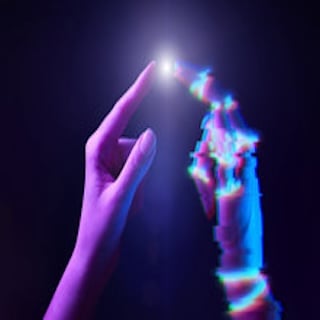In a recent research paper, a group of researchers has made a significant advancement by showing that a three-layer network model is capable of predicting retinal responses to natural sceneries with amazing precision, almost exceeding the bounds of experimental data. The researchers wanted to understand how the brain processes natural visual scenes, so they focused on the retina, which is part of the eye that sends signals to the brain.
Paper
Interpreting the retinal neural code for natural scenes: From computations to neurons
Abstract
Understanding the circuit mechanisms of the visual code for natural scenes is a central goal of sensory neuroscience. We show that a three-layer network model predicts retinal natural scene responses with an accuracy nearing experimental limits. The model’s internal structure is interpretable, as interneurons recorded separately and not modeled directly are highly correlated with model interneurons. Models fitted only to natural scenes reproduce a diverse set of phenomena related to motion encoding, adaptation, and predictive coding, establishing their ethological relevance to natural visual computation. A new approach decomposes the computations of model ganglion cells into the contributions of model interneurons, allowing automatic generation of new hypotheses for how interneurons with different spatiotemporal responses are combined to generate retinal computations, including predictive phenomena currently lacking an explanation. Our results demonstrate a unified and general approach to study the circuit mechanisms of ethological retinal computations under natural visual scenes.

